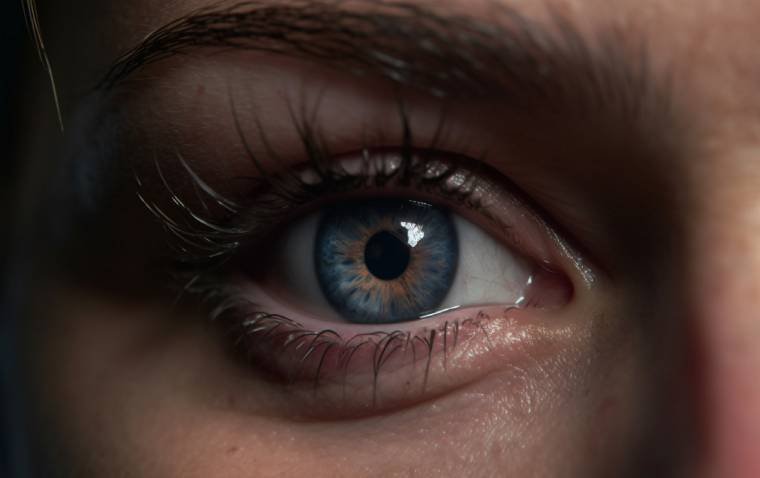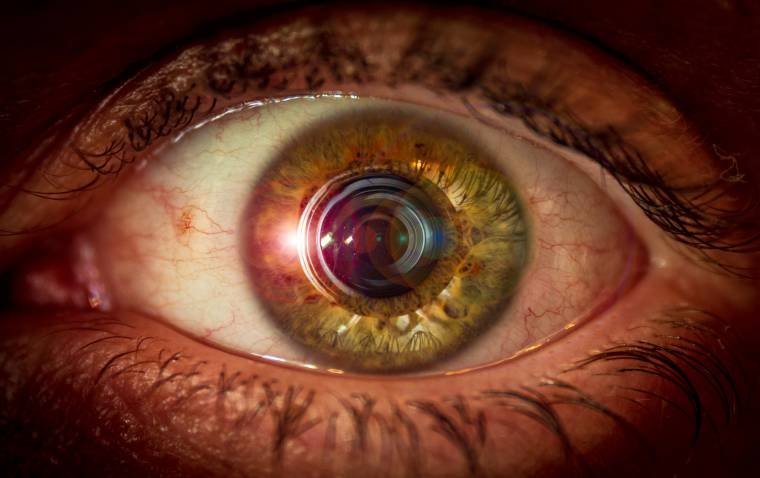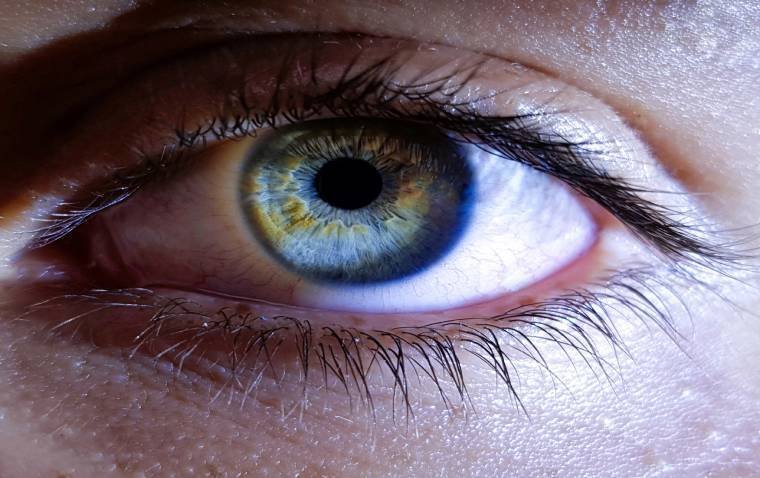
New Research Links Breathing to Pupil Size and Vision Regulation
A research team from Karolinska Institutet in Sweden has discovered that breathing plays a fundamental role in regulating pupil size, adding a fourth known mechanism to the well-established factors of light exposure, focus distance, and cognitive influences such as emotion or mental effort.
Published in the Journal of Physiology, the study reveals that the pupil is smallest during inhalation and largest during exhalation, a cyclical process that could directly impact visual perception.
A Newly Identified Mechanism for Pupil Regulation
Like a camera aperture, the pupil controls the amount of light entering the eye, making it crucial for vision and perception. The study, led by Artin Arshamian, Associate Professor at Karolinska Institutet’s Department of Clinical Neuroscience, introduces breathing as an ever-present, cyclical mechanism that does not rely on external stimuli.
“Since breathing affects brain activity and cognitive functions, the discovery may contribute to a better understanding of how our vision and attention are regulated,” says Dr. Arshamian.
Study Findings: Breathing’s Impact on Pupil Size
The research involved five experiments with over 200 participants, testing how breathing influences pupil size under different conditions. Key findings include:
• The pupil is smallest at inhalation onset and largest during exhalation.
• This effect occurs regardless of breathing speed, nasal or oral breathing, lighting conditions, or visual tasks.
• The difference in pupil size between inhalation and exhalation is large enough to theoretically affect vision.
• The effect remains intact in individuals born without an olfactory bulb, suggesting that the mechanism is controlled by the brainstem, an evolutionarily conserved region of the brain.
How Pupil Size Affects Vision
The researchers are now exploring whether pupil size changes during breathing directly influence visual performance. Existing studies suggest that:
• Smaller pupils enhance the ability to see fine details.
• Larger pupils improve the ability to detect faint or low-contrast objects.
Dr. Martin Schaefer, a postdoctoral researcher and first author of the study, explains:
“Our results suggest that our vision may switch between optimizing for distinguishing small details when we inhale and detecting faint objects when we exhale, all within a single breathing cycle.”
Potential Clinical Applications
Beyond its implications for vision, this discovery may contribute to neurological research and clinical applications.
• Pupil function changes are early signs of neurological conditions such as Parkinson’s disease.
• The study’s findings could lead to new methods for diagnosing or treating neurodegenerative disorders.
Dr. Arshamian highlights the significance of future investigations:
“One potential application is new methods to diagnose or treat neurological conditions such as Parkinson's disease, where damage to pupil function is an early sign of the disease. This is something we want to explore in the future.”
Advancing Our Understanding of Vision and Brain Function
This groundbreaking research reveals a previously unknown link between breathing and vision, expanding our knowledge of pupil regulation and its neurological connections. As further studies investigate the clinical applications, these findings could open new avenues for vision science, cognitive research, and neurodegenerative disease management.
Reference:
Martin Schaefer et al, The pupillary respiratory‐phase response: pupil size is smallest around inhalation onset and largest during exhalation, The Journal of Physiology (2025). DOI: 10.1113/JP287205
(1).jpg)










